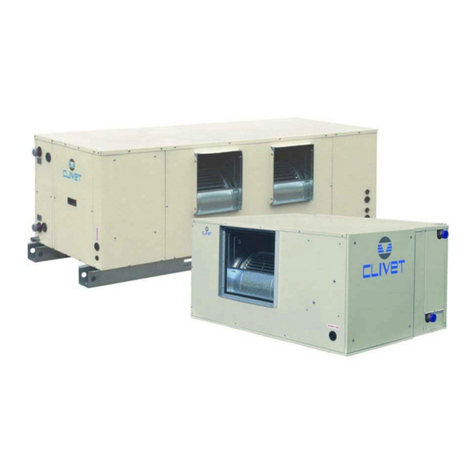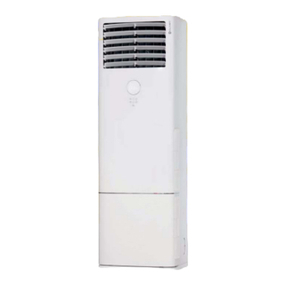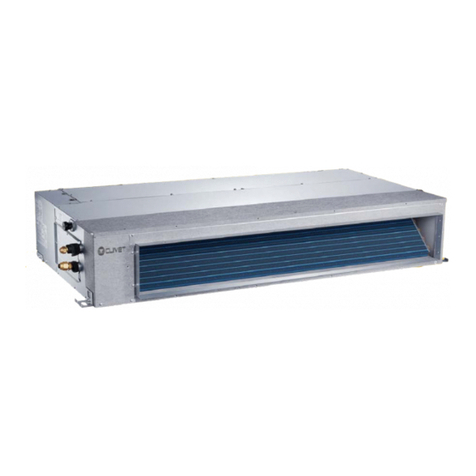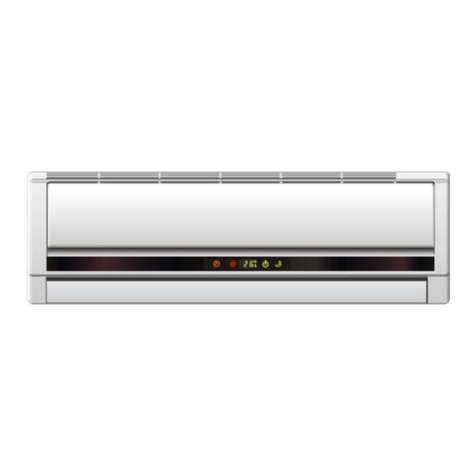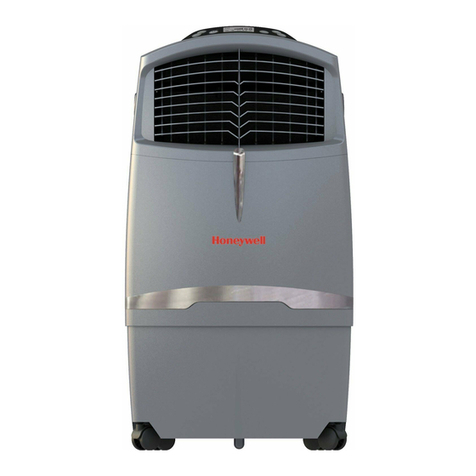CLIVET SCHIARA S.IE1+ME1-Y Series User manual




















This manual suits for next models
6
Other CLIVET Air Conditioner manuals
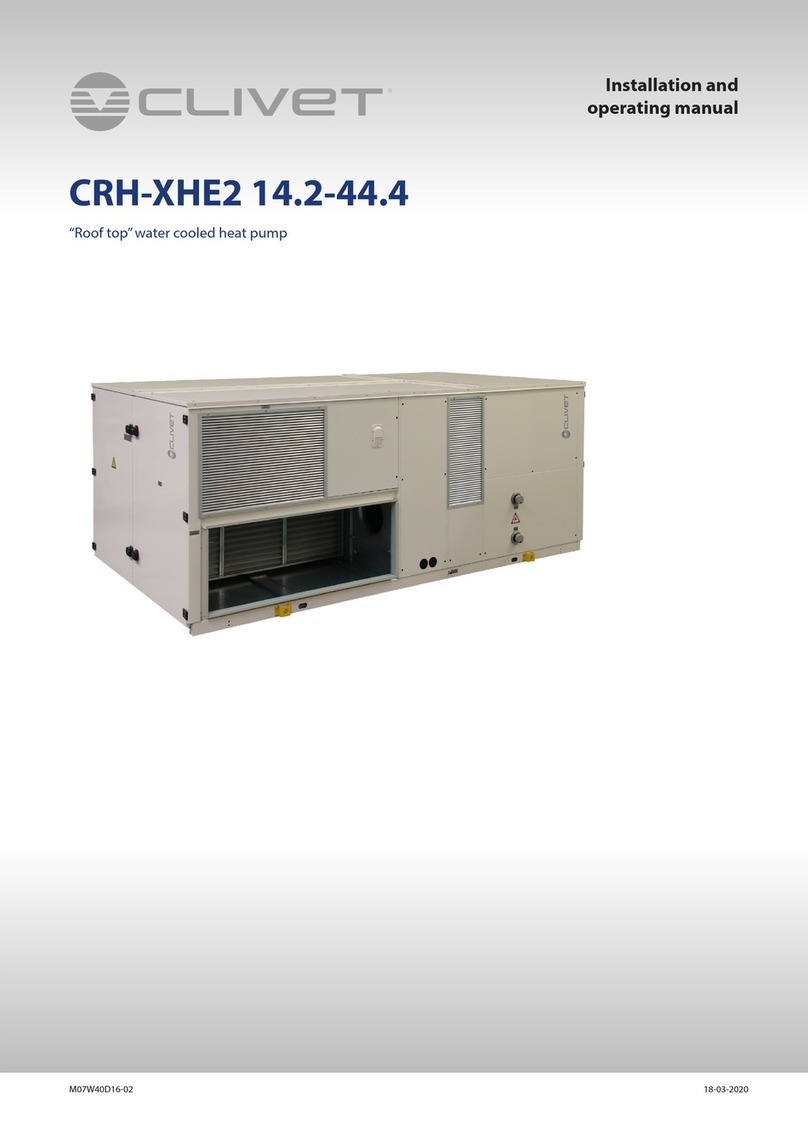
CLIVET
CLIVET CLIVETPack2 CRH-XHE2 14.2 - 110.4 User manual

CLIVET
CLIVET DZDF4-2A-XMI D22 User manual
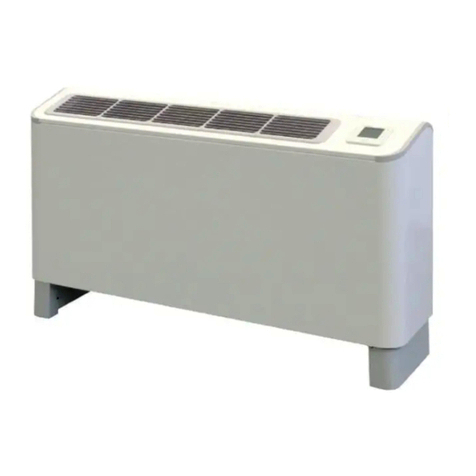
CLIVET
CLIVET Versatemp EQV-X Guide
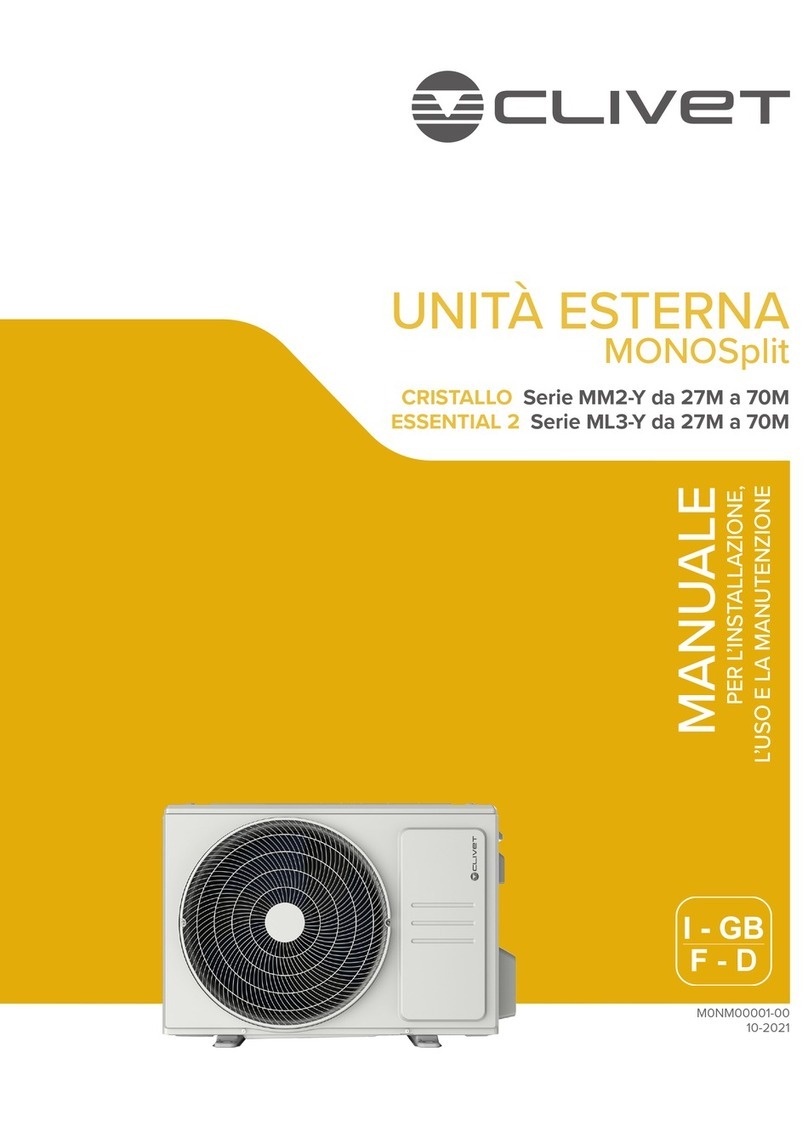
CLIVET
CLIVET MM2-Y Series Reference manual
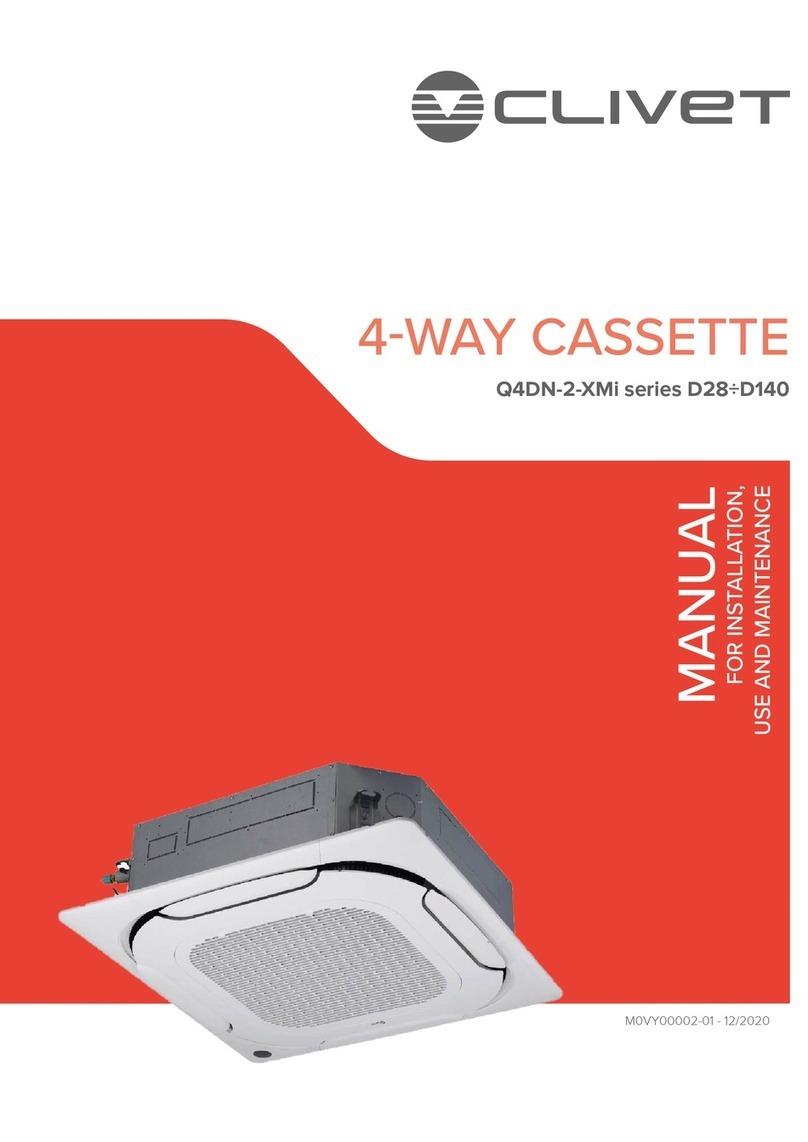
CLIVET
CLIVET Q4DN-2-XMi Series User manual
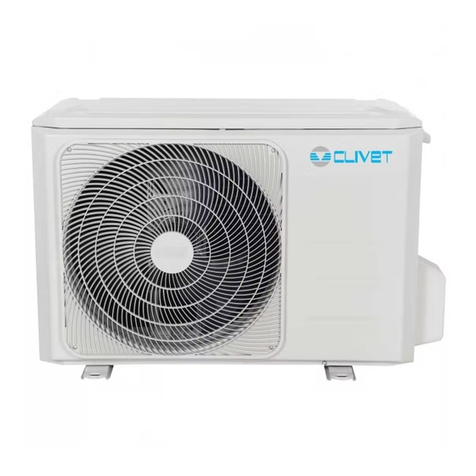
CLIVET
CLIVET STELVIO MH1-Y Series Reference manual
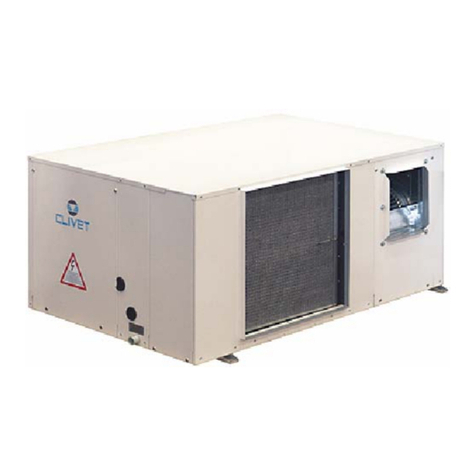
CLIVET
CLIVET CPAN-U-17 Guide
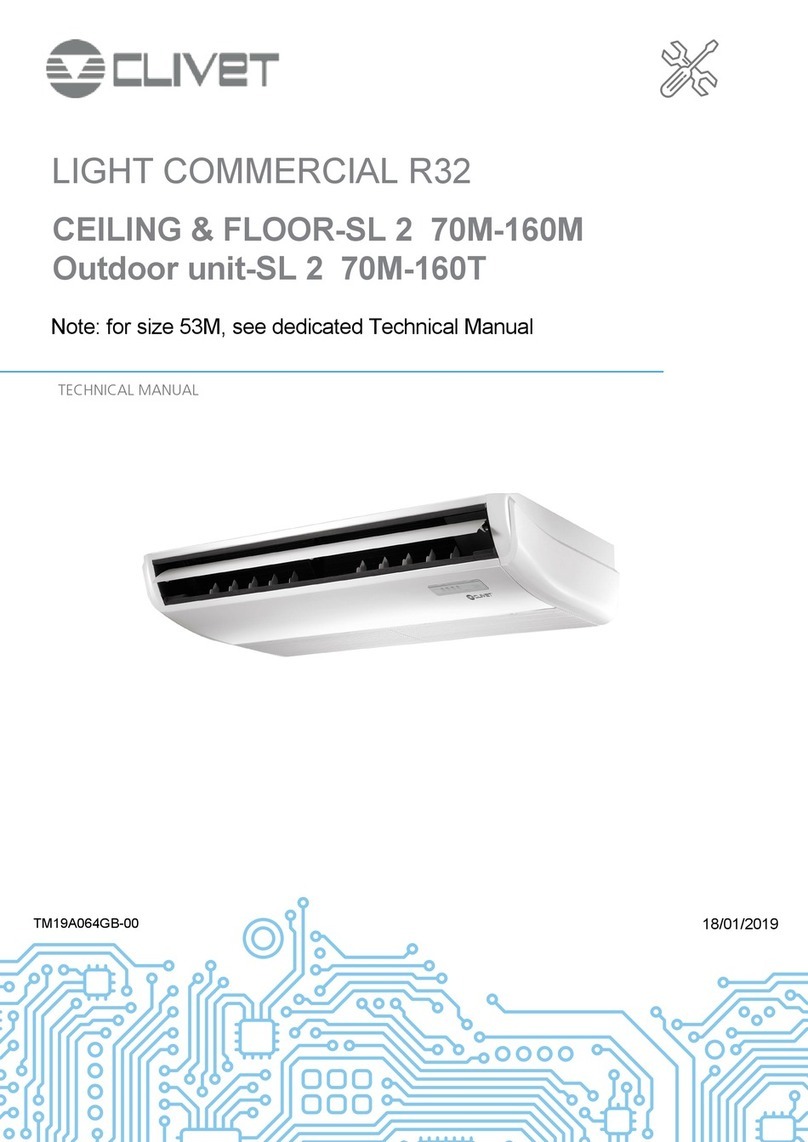
CLIVET
CLIVET CEILING & FLOOR-SL 2 User manual
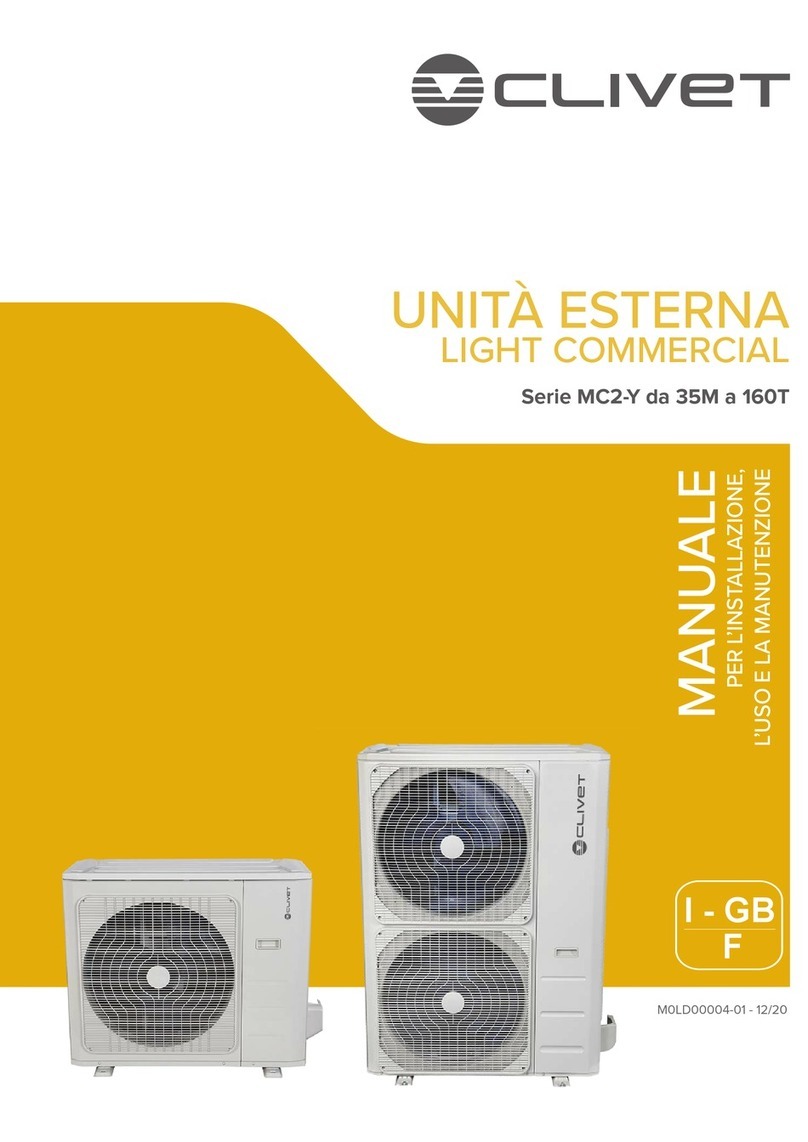
CLIVET
CLIVET MC2-Y Series User manual
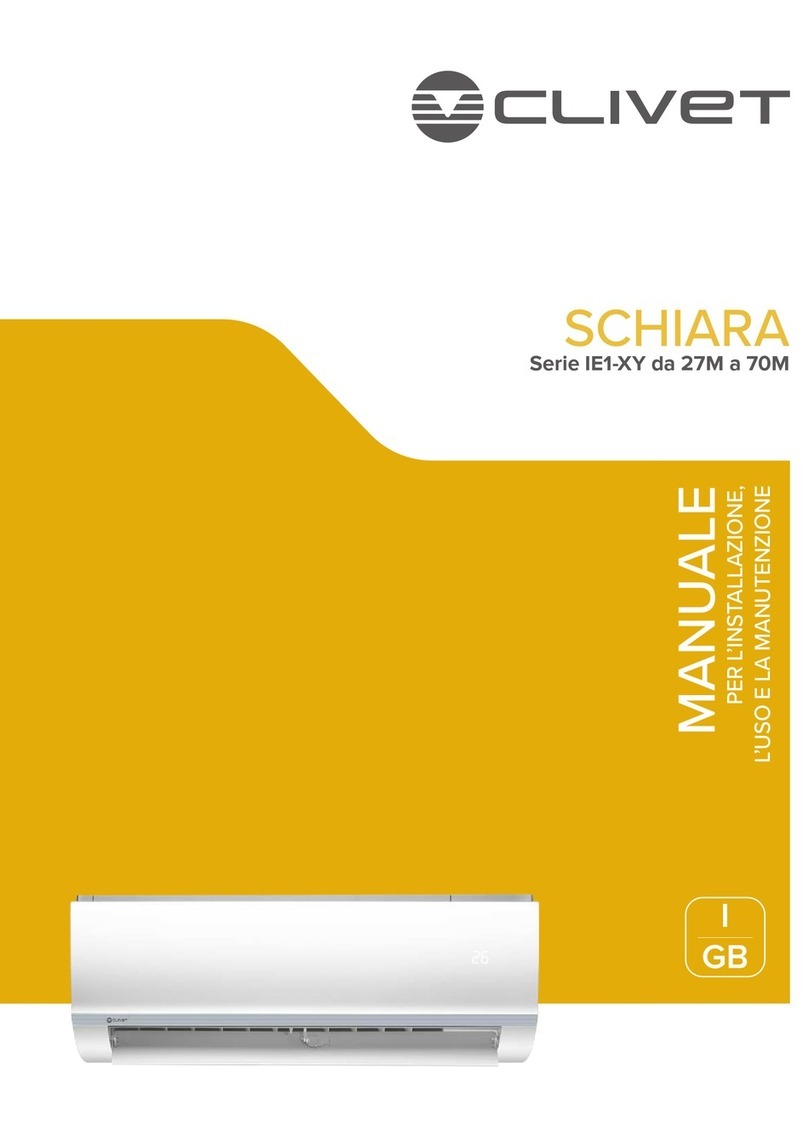
CLIVET
CLIVET SCHIARA-SM IE1-XY Series User manual

CLIVET
CLIVET Box-SL MC2-Y 70M User manual
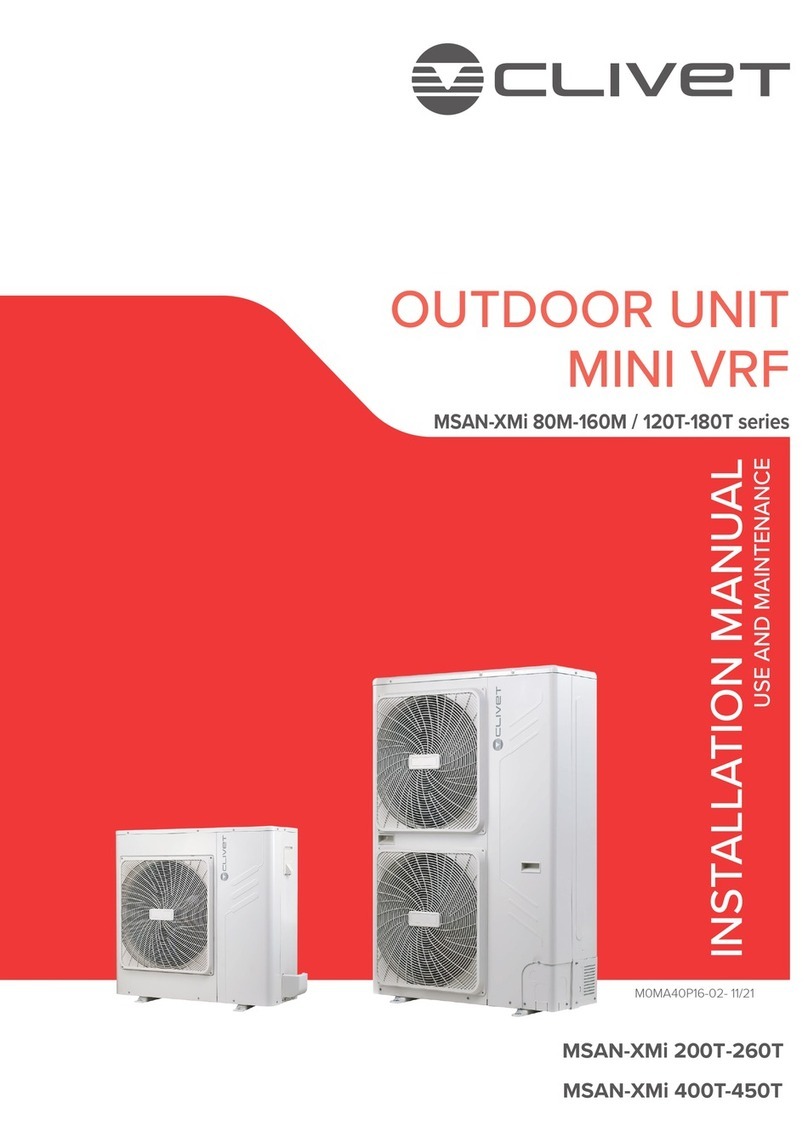
CLIVET
CLIVET MSAN-XMI 80M Series User manual
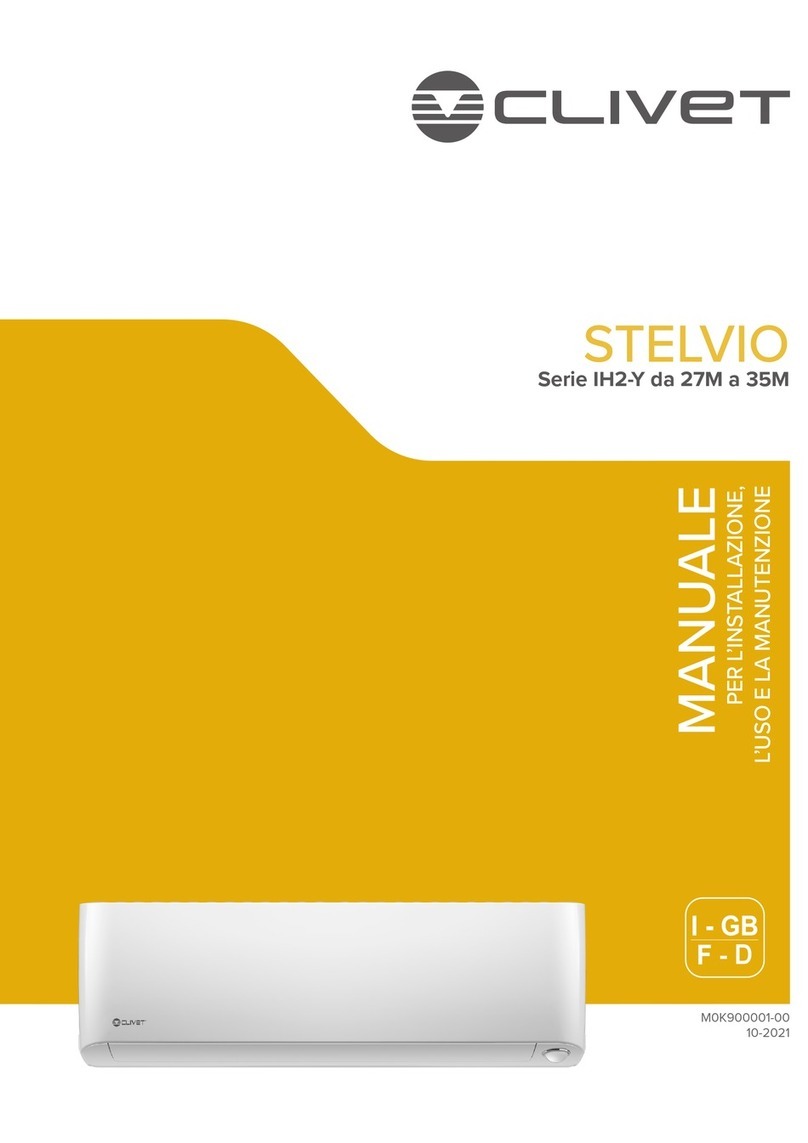
CLIVET
CLIVET STELVIO IH2-Y Series User manual

CLIVET
CLIVET CRH-XHE2 14.2-44.4 User manual
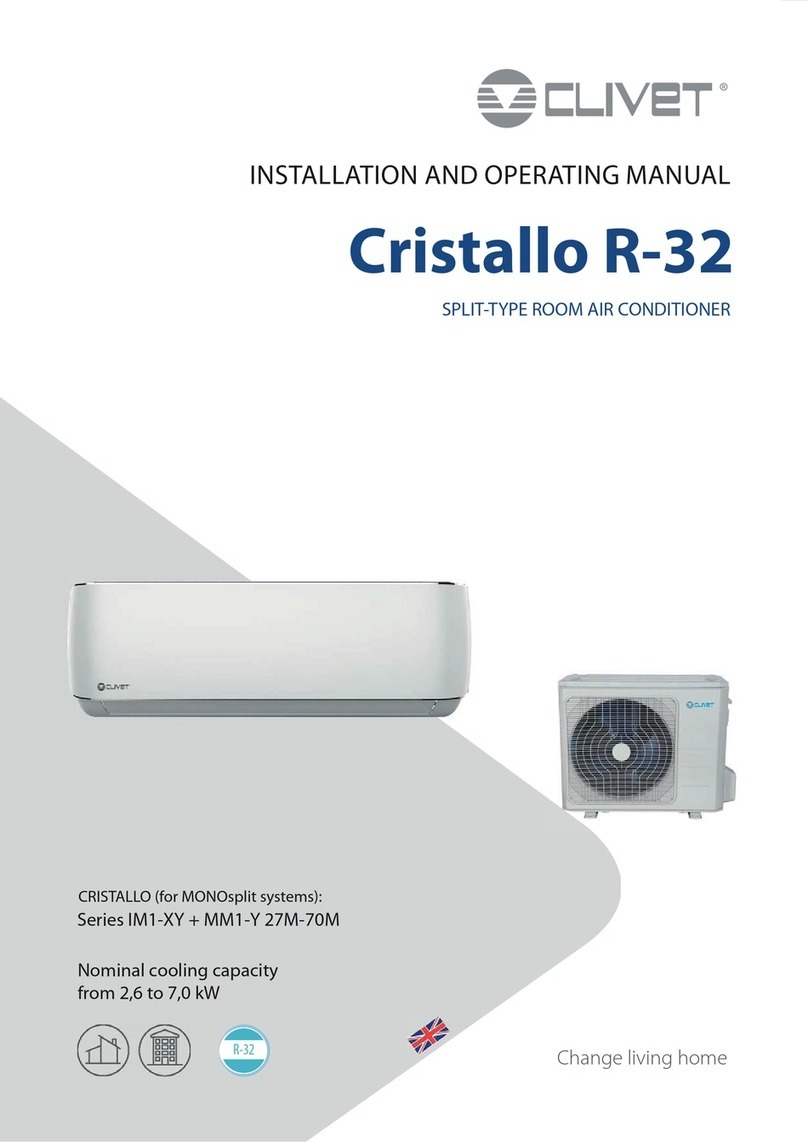
CLIVET
CLIVET CRISTALLO IM1-XY Series User manual
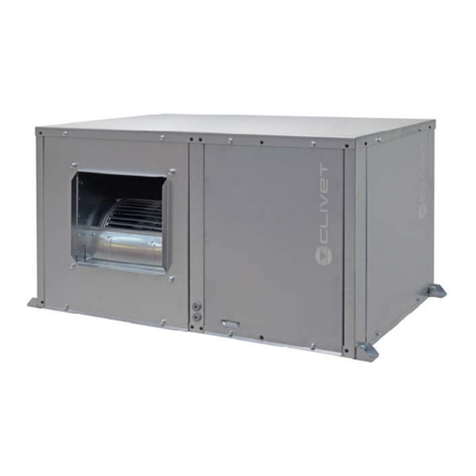
CLIVET
CLIVET EVH-X SPACE 2.1 Installation instructions
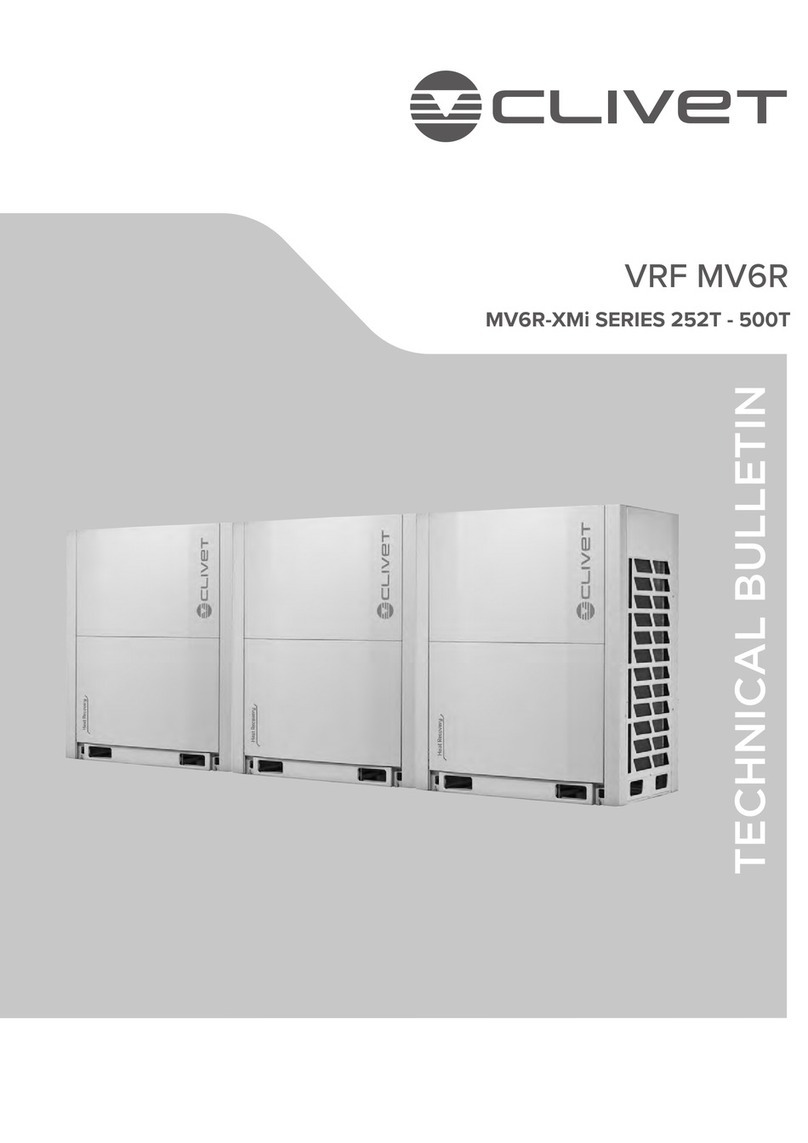
CLIVET
CLIVET VRF MV6R Service manual
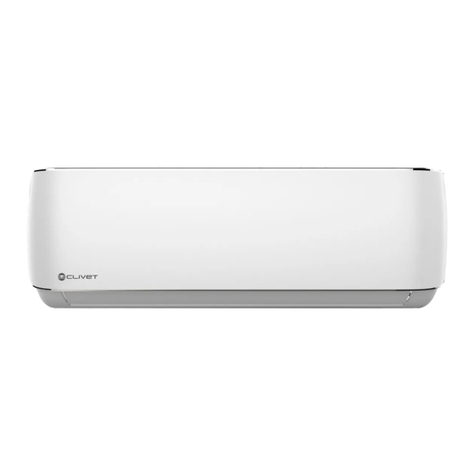
CLIVET
CLIVET Cristallo Series User manual
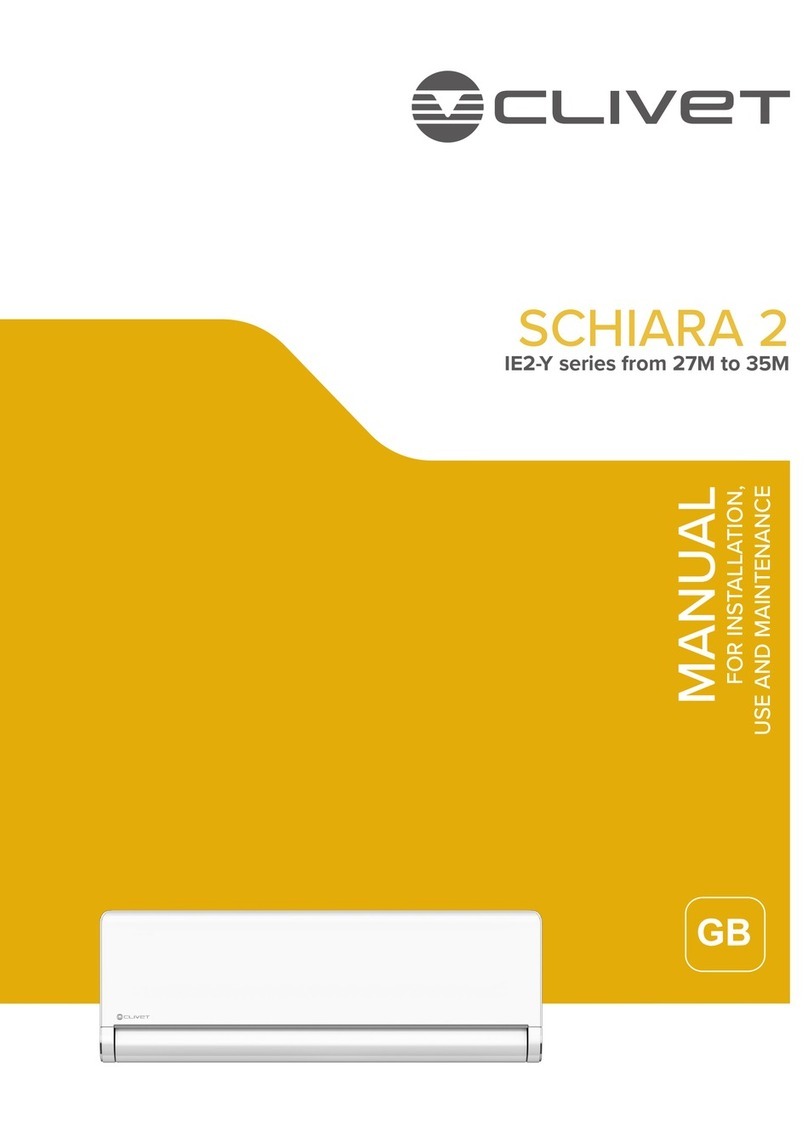
CLIVET
CLIVET SCHIARA 2 Reference manual
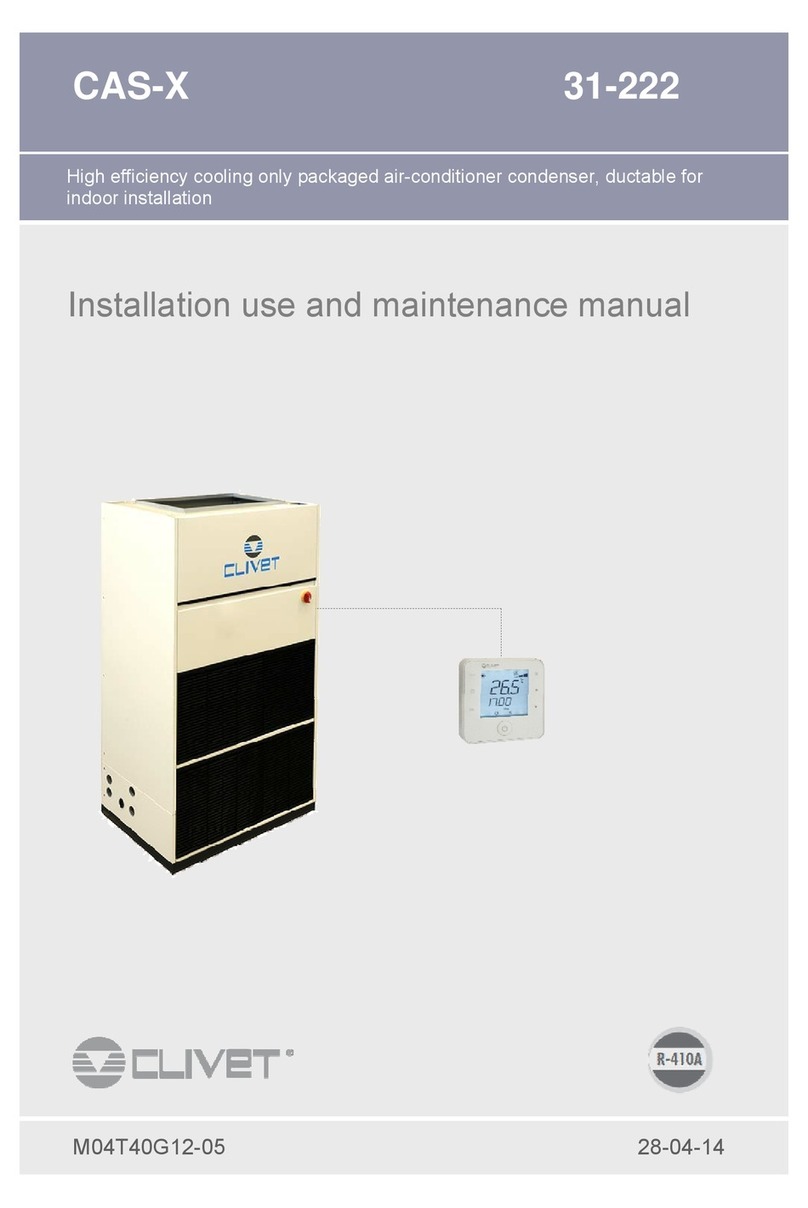
CLIVET
CLIVET CAS Series User manual
Popular Air Conditioner manuals by other brands

Soleus Air
Soleus Air GB-PAC-08E4 operating instructions
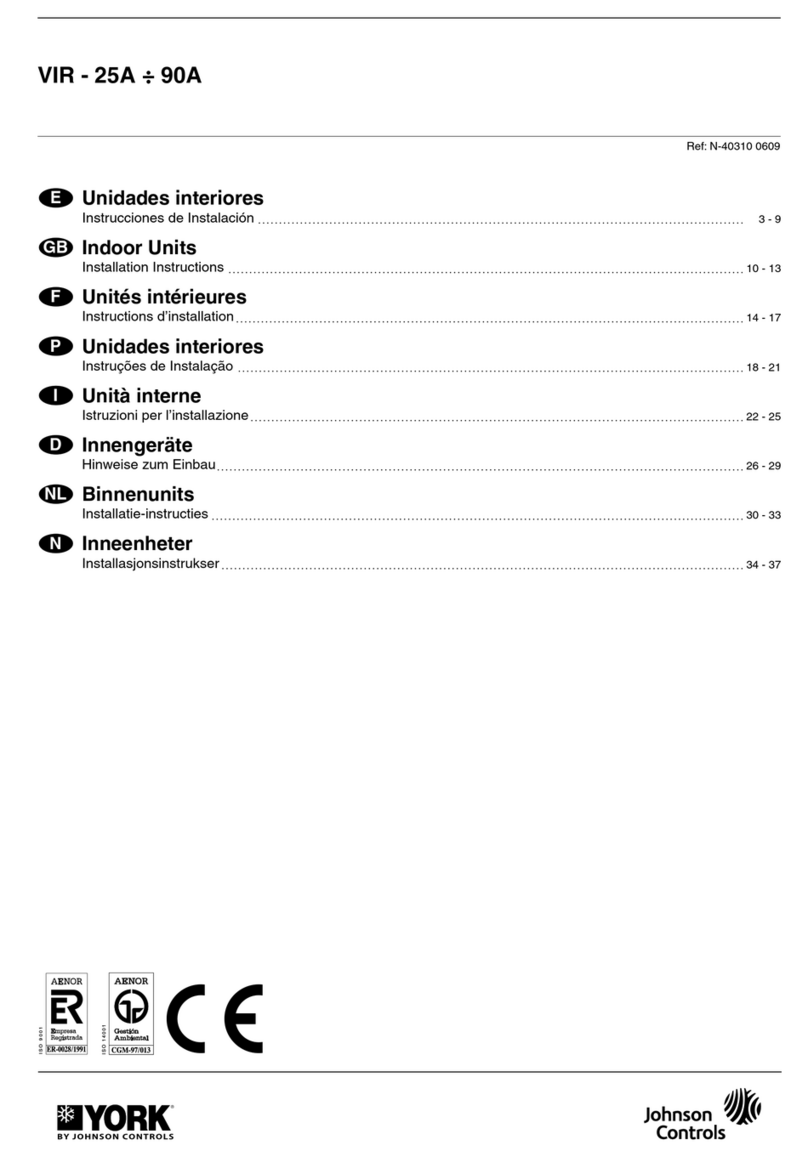
Johnson Controls
Johnson Controls York VIR 40A installation instructions
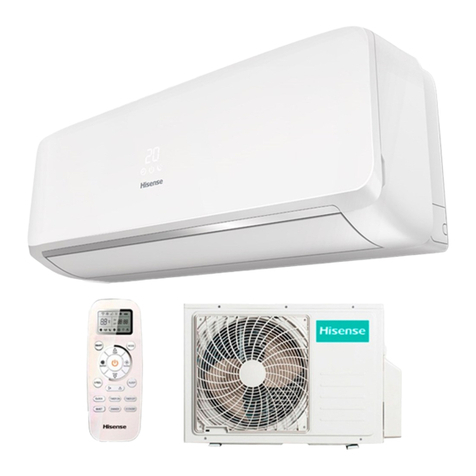
Hisense
Hisense 7K Use and Installation Instructions

Mitsubishi Electric
Mitsubishi Electric PLA-SP BA Series Operation manual

Carrier
Carrier 42TOVG010 owner's manual
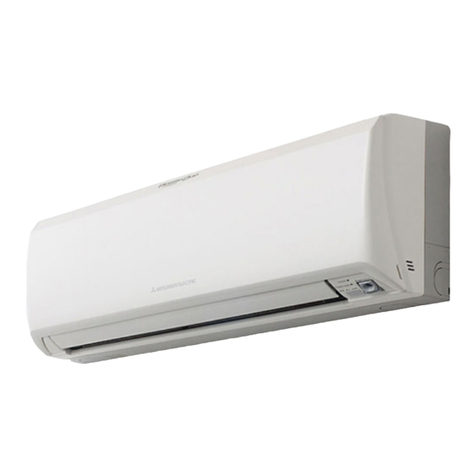
Mitsubishi Electric
Mitsubishi Electric MSZ-FA25VA Service manual
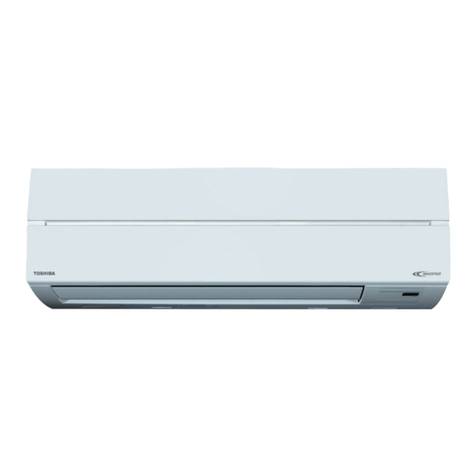
Toshiba
Toshiba RAV-RM561KRTP-E installation manual
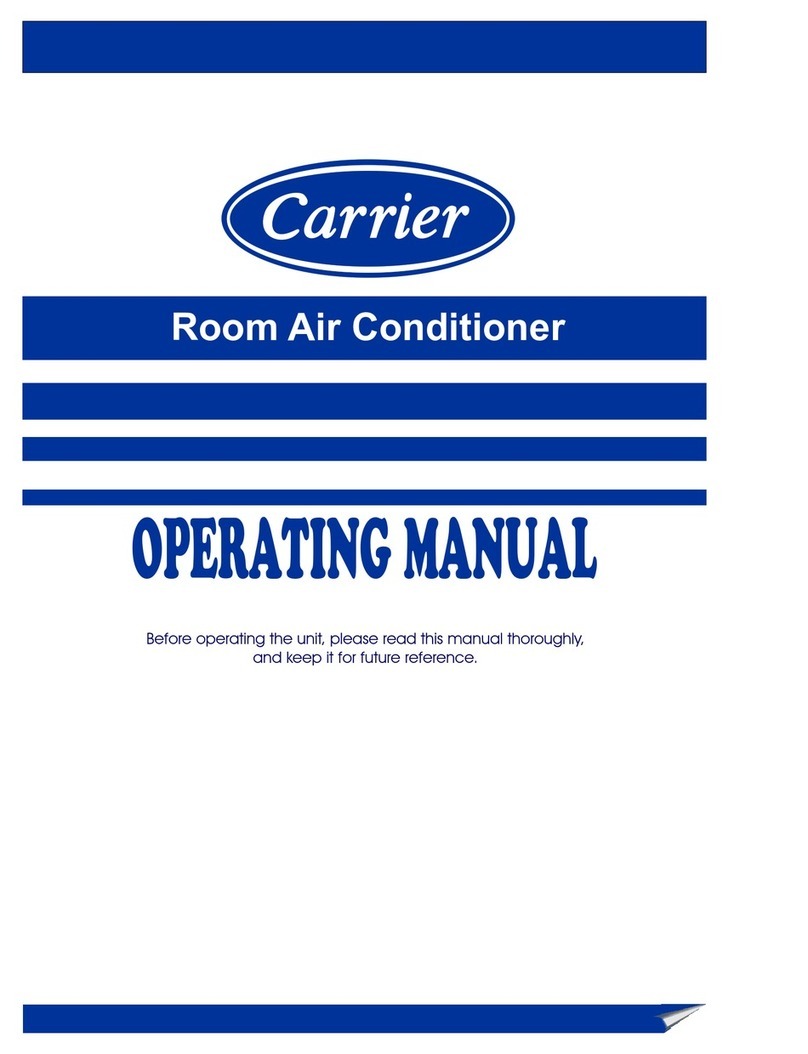
Carrier
Carrier ROOM AIR CONDITIONER operating manual
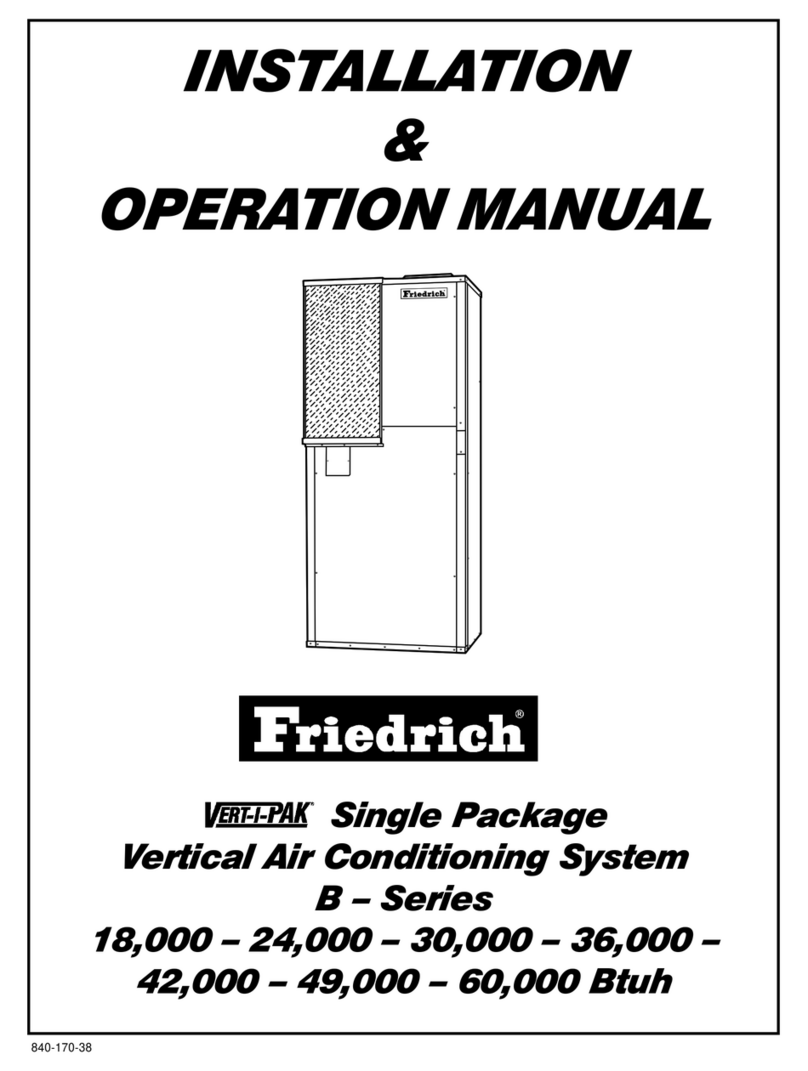
Friedrich
Friedrich 0 Installation and operation manual

Mitsubishi Electric
Mitsubishi Electric CITY MULTI PKFY-P-VBM-E installation manual

Bryant
Bryant 14 SEER Service manual

Panasonic
Panasonic S-22MZ1H4A operating instructions
